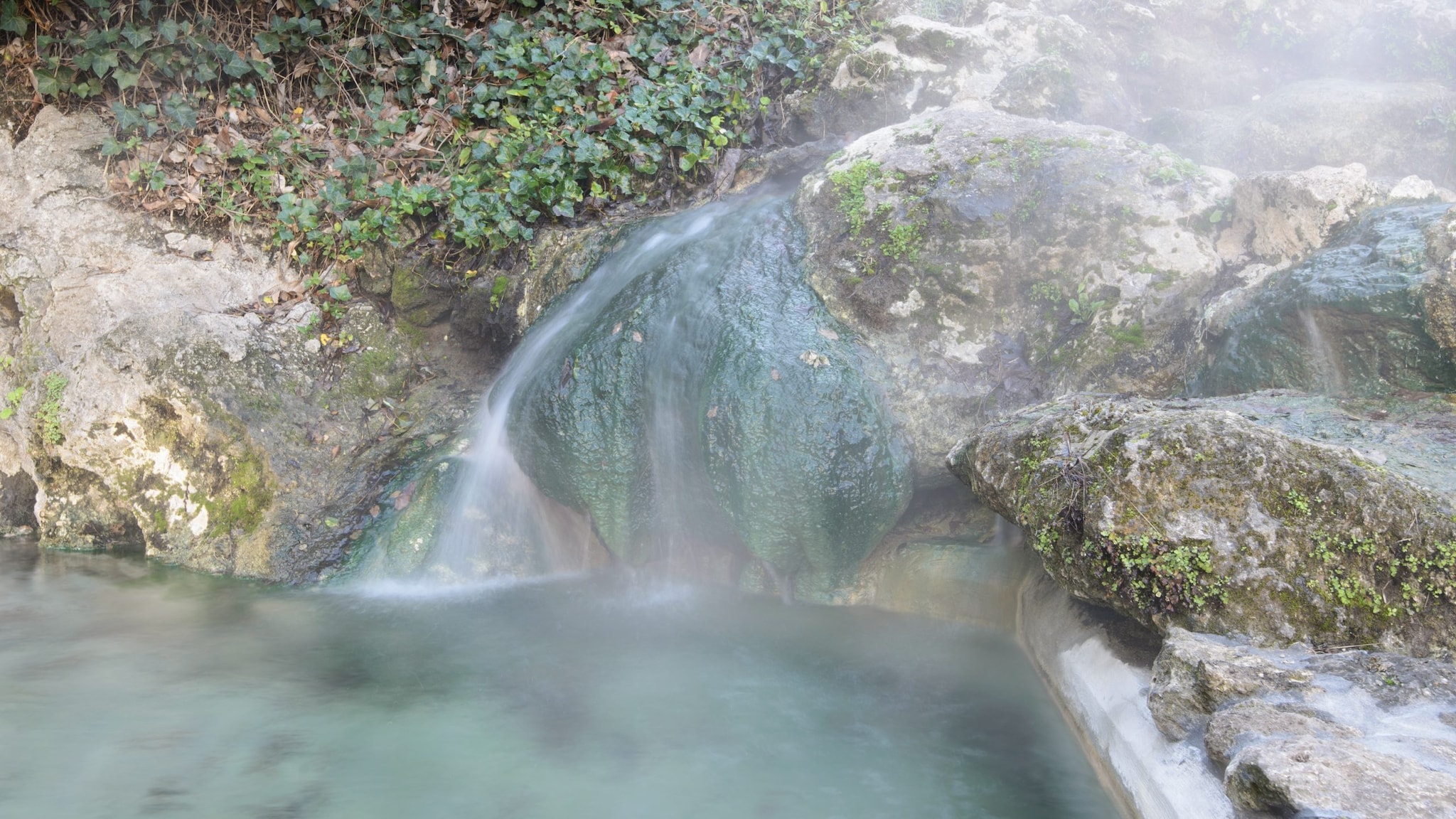Key points
- Naegleria fowleri is an ameba that naturally lives in soil and fresh water.
- It can cause a rare but nearly always fatal brain infection if water containing it goes up the nose.
- An infection from Naegleria fowleri cannot be spread from one person to another.

Causes
Naegleria fowleri is an ameba that naturally lives in the environment and thrives in heat. It can be found in:
- Warm fresh water like lakes, rivers, and ponds
- Soil, including sediment at the bottom of lakes, rivers, and ponds
- Naturally hot (geothermal) water like hot springs or hot sources of drinking water
- Swimming pools, splash pads, surf parks, and other recreational venues that are poorly maintained or don't have enough chlorine
- Tap water
- Warm water discharge from industrial or power plants
- Water heaters
If Naegleria fowleri goes up the nose and to the brain, it can destroy brain tissue and cause a fatal brain infection called primary amebic meningoencephalitis (PAM).
PAM typically happens when people go swimming or diving in warm freshwater lakes, rivers, or hot springs.
You cannot get PAM from:
- Swallowing water containing Naegleria fowleri
- Swimming or playing in a properly cleaned, maintained, and disinfected pool
There is no evidence that Naegleria fowleri can spread through water vapor or aerosol droplets such as shower mist or vapor from a humidifier.
Naegleria fowleri infections do not spread from person to person or cause outbreaks.
Understanding risk
Your risk of getting PAM is very low. Typically, fewer then 10 people a year in the United States get PAM. Survival is rare for those who get the disease.
It is safest to assume you can get a Naegleria fowleri infection anytime you go into a lake or other fresh water. Take steps to prevent infection every time.
Most people who have gotten PAM in the United States have been young boys. The reasons for this aren't clear. It's possible that young boys are more likely to participate in activities like diving into the water and playing in the sediment at the bottom of lakes and rivers.
Most Naegleria fowleri infections have been linked to swimming in southern states. However, geographical areas where infections happen are changing. Since 2010, infections have been confirmed in Nebraska, Iowa, Minnesota, Indiana, Maryland, and northern California.
Climate change may be contributing factor. As air temperatures rise, water temperatures in lakes, ponds, and other fresh water also rise. These conditions provide a more favorable environment for Naegleria fowleri to grow.
